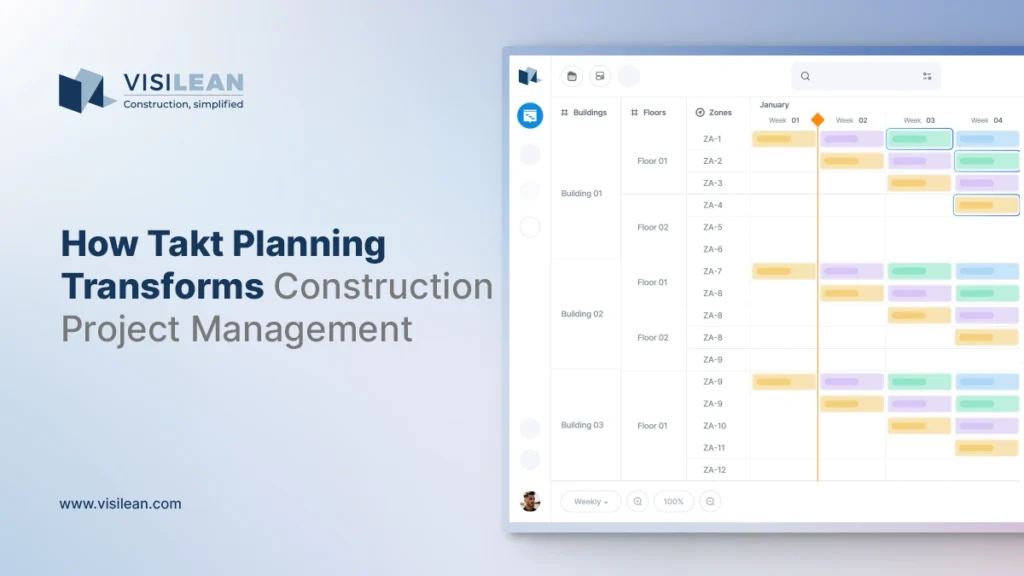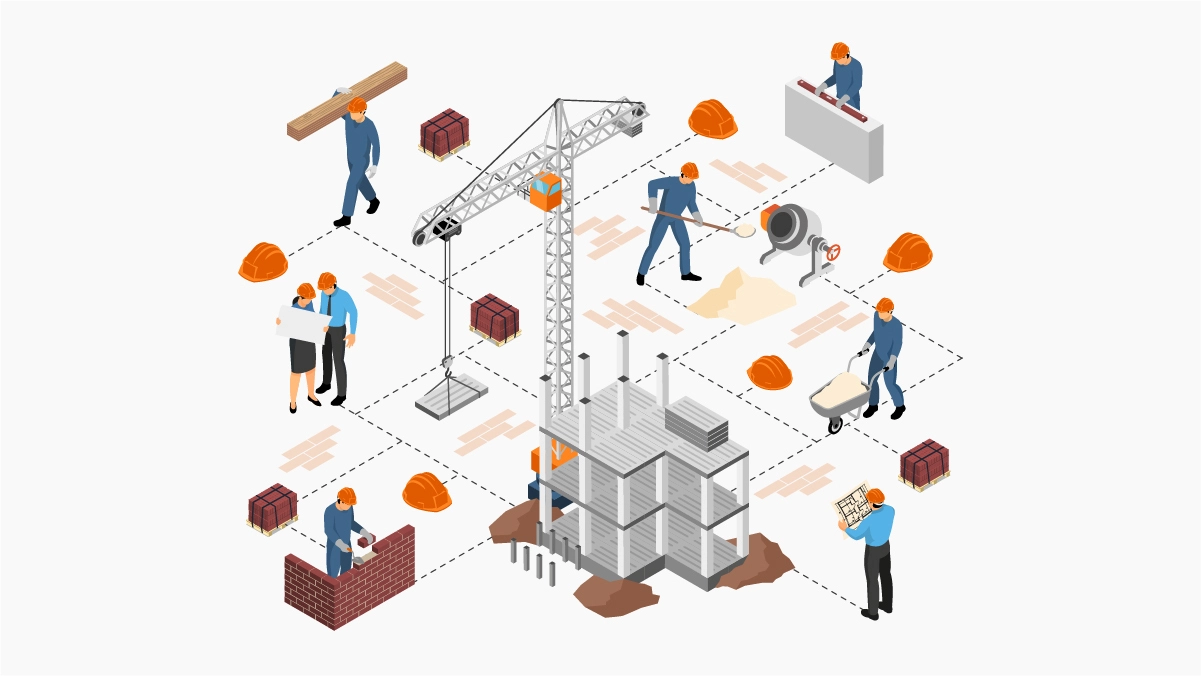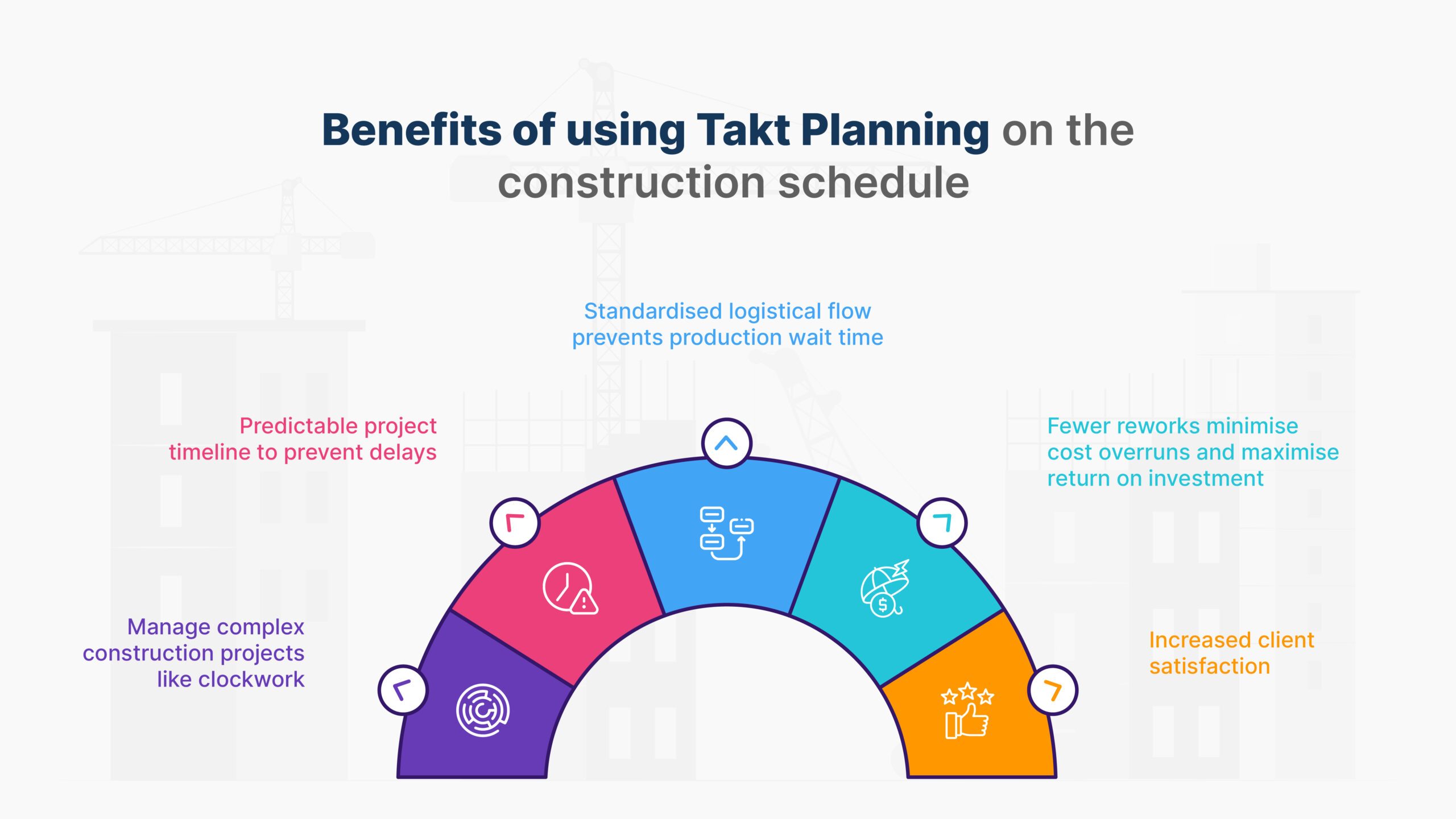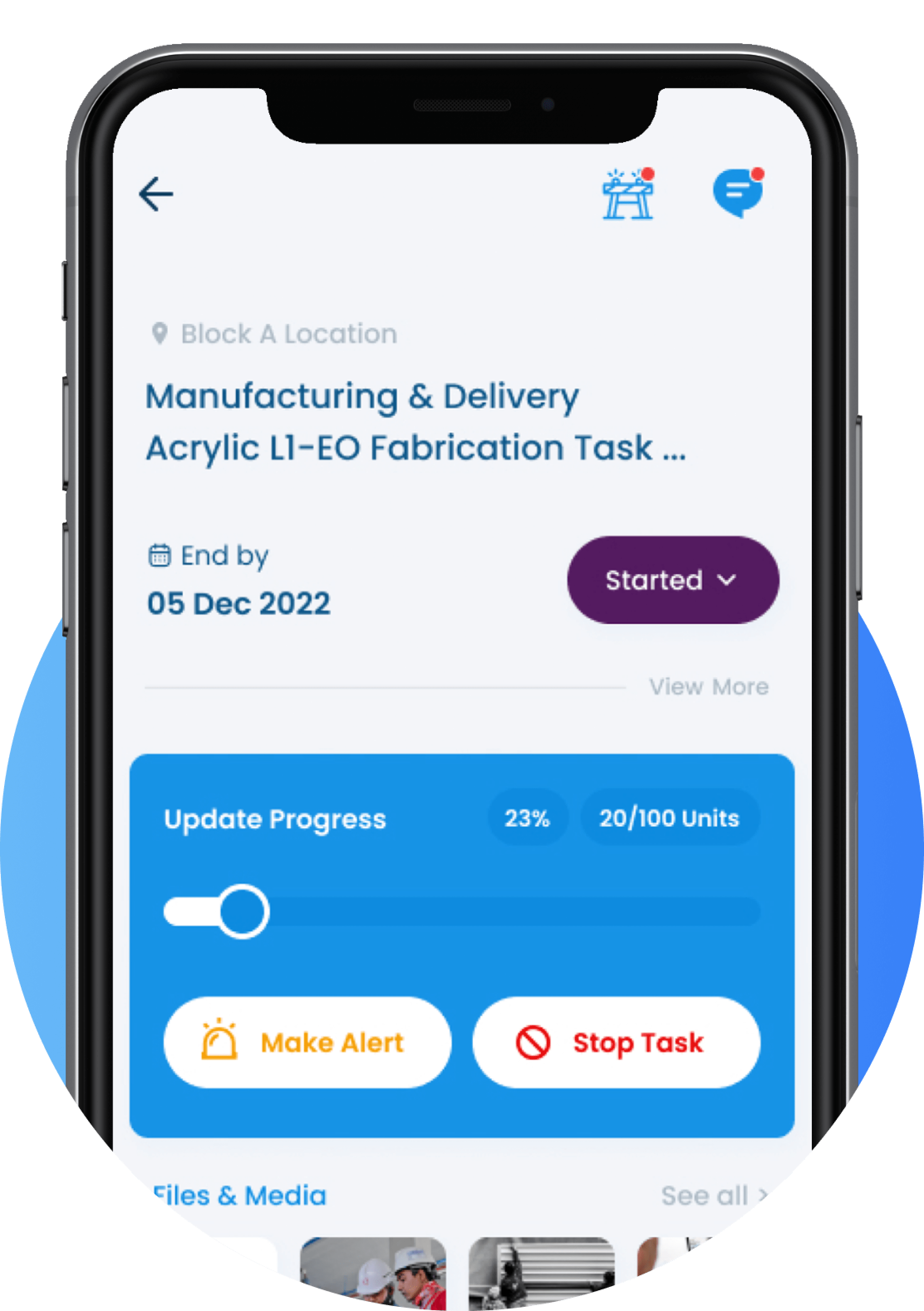If your construction project is a movie,
All your trades are the main characters!
Imagine your construction project as a bustling movie set. Each trade plays a crucial role, bringing their unique skills and expertise to the table. But without a clear director and a well-rehearsed script, chaos can ensue. That’s where Takt Planning from Lean construction methodology comes in! It’s the conductor of your construction symphony, ensuring everyone plays their part in perfect harmony.
The word “Takt” originates from the German language, and it means rhythm or cadence. That’s exactly what it brings to a construction site! Takt Planning in construction is like setting your project to the beat of a drum. Everyone moves in rhythm, like a well-rehearsed orchestra. The walls rise, plumbing gets installed, and electrical wiring snakes through the building in a coordinated workflow. This promotes a balanced workload and minimises ad hoc task management.
Initially used in manufacturing, it has found its way into construction. In a Takt Plan, the construction sites are divided into Takt Zones. The tasks are assigned to the respective stakeholders. These tasks are set to be completed within a set period based on the Takt Time. Consistency in time allows you to create predictability for specific units of work. Example: A floor, a room, or a section of the road. The workforce can easily transition from one zone to the next, like an assembly line from start to finish. The synchronicity in Trade Flow reduces chaos on construction sites. It has transformed how projects are planned and executed. Every task on the construction site is completed in complete sync with others. This prevents delays and bottlenecks.
The Takt Train
Imagine a series of connected Takt tasks moving smoothly through each zone, like a train. A Takt train runs in a coordinated sequence with trades like electricians, plumbers, and carpenters. In this one-process-flow, the work is executed, inspected and finished off. Once the job has been executed within the calculated Takt time, the place is made vacant for the next trade to execute their work. In this way, the work is planned right first then built in phases instead of ad-hoc batches of work.
Benefits of using Takt Planning on the construction schedule:
1. Manage complex construction projects like clockwork
2. Predictable project timeline to prevent delays
3. Standardised logistical flow prevents production wait time
4. Fewer reworks minimise cost overruns and maximise return on investment
5. Increased client satisfaction
For a detailed understanding of Takt Planning, read Takt Planning 101
In a Nutshell
Takt Planning in construction is not just a planning methodology but also a philosophy for efficiency. By setting your project to a consistent beat, you reduce waste, improve coordination, and ensure that everything runs smoothly. The transparency in operational efficiency has helped project managers make better decisions. It capitalises on the available time by creating a smooth workflow from start to end of the project. Ready to get your construction project in flow?







